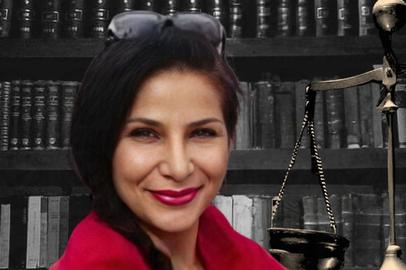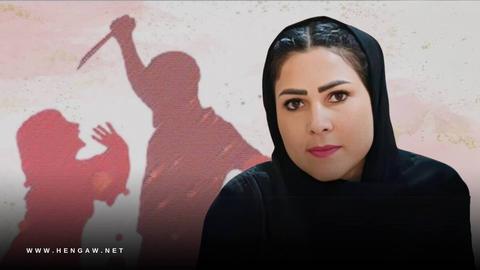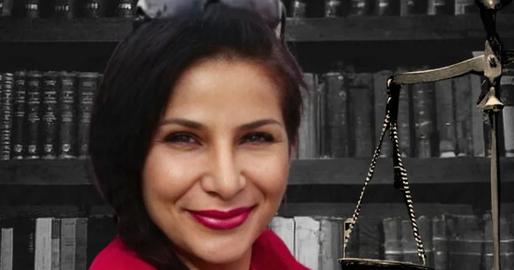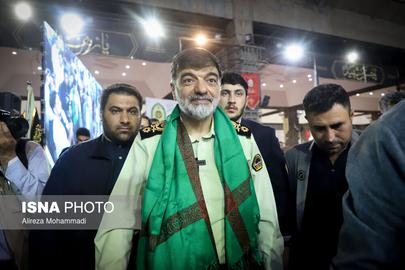Many have said that the histories of eastern societies and their cultures were written by western explorers and orientalists of the European colonialist era – and that such writers described these ancient civilizations not as they were but through the lens of the Western understanding of the world after the dark Middle Ages. The knowledge of cradles of ancient civilizations were not added to their own; instead, these histories were written just to find ways to further their colonialist aims.
But there is a different world to be found if the history of civilization on the Iranian plateau, and across the Middle East, is explored by looking at what we have inherited from a region that was the birthplace of the written word. And Professor Katayun Mazdapour, born in 1943 and still alive today, is a key figure who has unveiled these hidden truths and by toppling false beliefs about the diverse cultures and civilizations of this ancient land.
Mazdapour has spent almost half a century researching old Iranian languages and working for the preservation of Iranian cultural heritage and its treasures.
Mazdapour was born on the first day of spring, March 20 or 21, in 1943, to a Zoroastrian family in Yazd in central Iran. Her family then moved first to Isfahan and later to Tehran. After completing her primary education, she enrolled at Anoushiravan Dadgar High School for Zoroastrian girls in Tehran and got her high school diploma in literature from Homayoun High School.
The young Katayun was passionate about studying literature and was every year she was named as one of the Zoroastrian community’s top students in the annual year book. In 1960, she was accepted to study at Tehran University’s School of Sociology and received her B.A. from this school. Her dissertation, The Social Lexicon of Siasat-Nameh (“Book of Politics”), an important work dating back to the 11th-century Seljuk Empire, was itself an innovation in the research on historical Persian writings. She also studied Avestan, the language of Avesta, the primary collection of religious texts of Zoroastrianism, at the Cultural Society of ancient Iran. Mazdapour was eager to continue her studies in ancient languages but, at the time, a master’s degree in this field was not yet offered in Iran.
In 1965, Mazdapour was employed by the Ministry of Labor and Social Affairs as an expert researcher. Five years later, she returned to Tehran University to study linguistics and ancient languages and culture and, by 1980, she had received both her master’s degree and her PhD in this field.
While studying for her master’s degree, Mazdapour was invited by one of her professors, Mehrdad Bahar, to join Iran’s Academy of Language. She accepted and began working at the academy, which had been established just two year earlier, in 1968, and was known as the “Second Academy” because the first one, founded in 1935, had been shut down in 1954.
Mazdapour was also writing her postgraduate thesis under the supervision of Professor Bahar and Dr. Ali Akbar Jafari. It was titled “Fereydoon in the Shahnameh” or the Persian Book of Kings, the national epic of Iran, and it referred to the mythological king and hero Fereydoon, a symbol of victory, justice, and generosity in Persian literature.
Mazdapour later completed her doctoral dissertation, titled “Garshasp”, another figure in Persian mythology, and received her PhD in linguistics and ancient languages and culture from Tehran University.
Early after joining the Academy of Language, a Mythology Group was formed, chaired by Parviz Natel Khanlari, a prominent scholar of Persian language and literature, poet, essayist, translator and literary critic. In 1980, this group was merged with 11 other groups into the Institute for Humanities and Cultural Studies.
But after the Islamic Republic came to power in Iran, speaking about ancient Persian mythology was interpreted as support for the fallen monarchial regime. Teaching Persian mythology in university classes was even banned for several years. Scholars at the Institute for Humanities and Cultural Studies, however, did not stop their research.
After the eight-year Iran-Iraq War in 1988, Mazdapour started teaching at the university, though it was not the job she wanted. She wanted to conduct more research and to preserve Iran’s cultural heritage, so she spent most of her time researching ancient languages, Persian script and mythology.
In addition to her research in ancient Iranian languages, Mazdapour has also conducted extensive and unique research on women in Iranian mythology and the Zoroastrian religion. Both fields are crowded with written and unwritten obstacles under the rule of the Islamic Republic. She has also written papers on matriarchal societies in ancient Iran.
Over the course of her invaluable research in often neglected cultural fields, Katayun Mazdapour has also gathered old manuscripts, and founded the Old Manuscript Foundation to preserve them for posterity. Mazdapour has received many awards and accolades but perhaps her most important contribution has been to imbue the Iranian people with pride in their past and the cultural services that Iranians have rendered to humanity in their long history.

























comments